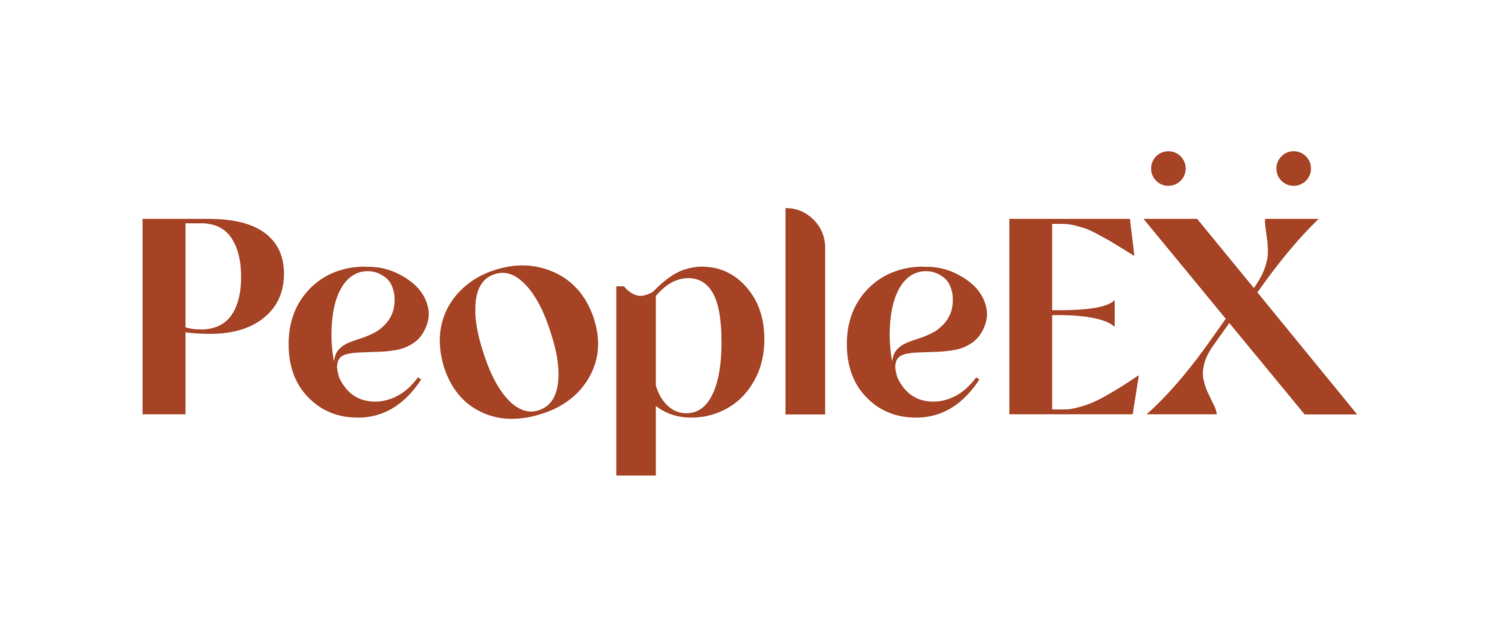Workplace Tips to Curb Bullying (in honour of Pink Shirt Day)
This year’s Pink Shirt Day is on Friday 17 May 2024. The day originated in Canada after a couple of upstanders - David Shepherd and Travis Price - bought and gave out 50 pink shirts at school after a male student was bullied for wearing a pink shirt on the first day of school. It is now celebrated around the globe. In honour of Pink Shirt Day, this is a good opportunity to take a step back and consider bullying in the workplace, and the impact it has on many New Zealand workplaces.
Workplace bullying is a serious issue. It is a major cause of employee distress and can lead to mental and physical illnesses. In addition, when workplace bullying is present, it doesn’t just hurt the people involved; the broader organisation suffers – lower productivity and lower morale, to name a few adverse effects.
As business leaders and HR professionals within your organisations, we have a role to play in helping prevent bullying before it even starts.
Firstly, what is bullying (and what it is not)?
In New Zealand, the definition is set by WorkSafe (WorkSafe also has a bullying prevention toolbox here).
It is defined as: ‘Workplace bullying is repeated and unreasonable behaviour directed towards a worker or group of workers. It can lead to physical or psychological harm.’
In essence, constructive feedback given to an employee is not bullying. Bullying is repeated and unreasonable behaviour directed towards a worker or a group of workers that can cause physical or mental harm. Bullying can be physical, verbal, psychological or social. This may include victimising, humiliating, intimidating or threatening a person. This can take the form of verbal abuse or behaviours perceived as intimidating or humiliating.
We’d like to hone in on the word ‘repeated’ as this is the difference between bullying and a single incident of hurtful behaviour.
How prevalent is it?
Unfortunately, it is more common than talked about.
According to WorkSafe, ‘Studies suggest that between one in five and one in three New Zealand workers report bullying or harassment annually.’
Abroad, the data is equally alarming.
In the US, according to the Workplace Bullying Institute's 2021 Workplace Bullying Survey, 30% of adult Americans have had a direct experience of being bullied.
Research found 24% of Singapore workers said they have been bullied in the workplace. And in Australia, bullying is estimated to cost Australian organisations between $6 billion and $36 billion a year.
So, how can we help curb the mental and physical health impacts as well as the organisational emotional and financial costs associated with bullying?
Things to consider
Bullying is complicated but there are some key things to consider around building best practice approaches into your workplace.
1. Bullying and company culture
There is typically a direct correlation between bullying and culture. Some cultures are more conducive to bullying than others. The highly competitive, winner-takes-all workplace cultures can result in higher rates of bullying. Or if leaders fail to address bullying, this creates a culture of mistrust. Bullying cannot thrive in positive work cultures with open communication, strong leadership role models, and where diversity is valued and affirmed.
2. Change needs to come from the top
Following on from point one, the leadership team sets the culture. If bullying is present in the workplace, change must come from the top. Leaders need to model inclusive and supportive behaviours in order for their people to do the same. As Business Leaders and HR professionals, we have a role in convincing senior leadership to take action to stop and prevent bullying. We can (and must) create policies and implement anti-bullying procedures and training (more below), but, ultimately, the senior leadership drives change.
3. Anti-bullying training and policies
Proactive training from the top down can reduce the instances of bullying in the workplace. Leaders and employees need to know what bullying looks like. The goal of training is to help mitigate bullying as well as empower people to speak up when they experience or witness bullying in the workplace. This training goes hand in hand with creating organisational policies and procedures that enable people to feel secure that processes exist. Policies must clearly state that bullying is never acceptable and complaints will be investigated. And systems and processes for reporting bullying must be clear and communicated internally.
4. The importance of investigation and/or restorative practice
In HR, our role is to investigate reports of misconduct and serious misconduct promptly. We can’t ignore complaints, no matter how small they seem. It’s critical to deal with one-off issues before they escalate into something considered bullying. Exploring restorative practice approaches through the provision of facilitated discussions can be a tool applied to support the remedy of complaints.
5. Follow-through
We need to apply follow-through strategies to both the victim and the perpetrator of bullying. In the case of the victim, we need to encourage them to access organisational-paid services such as EAP/ counselling and show them kindness, patience, and support. It takes time to process the trauma associated with bullying, and expectations to re-enter the workplace without healing can have negative effects. For the perpetrator, we need first to help them see the impact of their behaviour. Secondly, we provide them with tools that can help them communicate and/or act in a way that doesn’t cause distress. Mostly, we need to believe that improvement is possible – for those involved in bullying and the wider organisation. Ultimately though, bullying is typically viewed as a form of serious misconduct and through investigation and a disciplinary process can lead to termination of employment.
Workplace tips
In summary, to help prevent workplace bullying, consider these four essential tips.
1. Assess your company culture
2. Train leaders and employees
3. Create and implement anti-bullying policies and procedures
4. Investigate and/or apply restorative practice and follow-through
Employment New Zealand outlines more about anti-bullying culture and policies here.
Here at PeopleEX, inclusion is one of our organisational values. We believe bullying can be prevented with considered HR strategy, planning and by staying connected to what ‘really’ is your organisational culture. Please get in touch if you’d like any assistance with this.
Read more on Pink Shirt Day and tips on how to celebrate it here.
Kōrero Mai, Kōrero Atu, Mauri Tū, Mauri Ora – Speak Up, Stand Together, Stop bullying!

